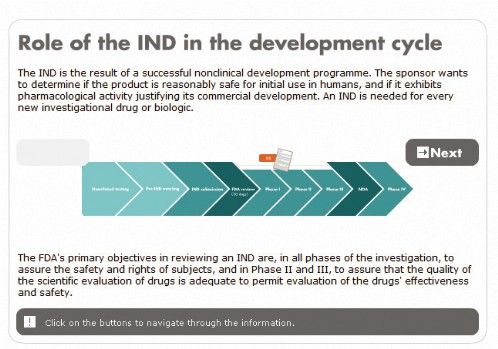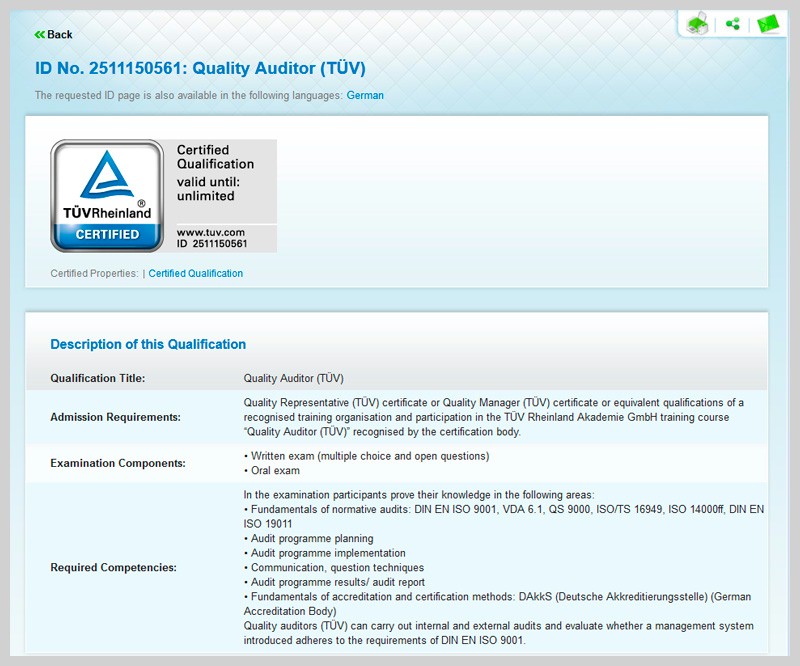
Β measures the volatility of an investment with respect to the whole market. As the total market is assumed to have a β equal to 1, a stock whose return varies less than the ones of the market have a beta lower than 1. On the contrary, a stock whose return varies more than the returns of the market has a beta larger than 1. Id⁎ is the cost of debt capital netted by the benefit of debt leverage. The weights used for estimation of cost of capital are the market value weights of equity and book value weight of debt. The cost of debt finance is the interest payments and the risk of being forced into bankruptcy in the event of nonpayment.
The cost of debt metric is also used to calculate the Weighted Average Cost of Capital (WACC), which is often used as the discount rate in discounted cash flow analysis. The other approach is to look at the credit rating of the firm found from credit rating agencies such as S&P, Moody’s, and Fitch. A yield spread over US treasuries can be determined based on that given rating.
The first approach is to look at the current yield to maturity or YTM of a company’s debt. If a company is public, it can have observable cost of debt is same as its rate of interest debt in the market. An example would be a straight bond that makes regular interest payments and pays back the principal at maturity.
- It can also tell you whether taking on certain types of debt is a good idea when you calculate the tax cost.
- As a result, debtholders will place covenants on the use of capital, such as adherence to certain financial metrics, which, if broken, allows the debtholders to call back their capital.
- Next, we’ll calculate the interest rate using a slightly more complex formula in Excel.
- 8% is our weighted average interest rate, or pre-tax total cost of debt.
- As you have seen, the cost of debt metric represents how much you pay in interest expenses in relation to the total amount of debt.
- The terms cost of debt and interest rates play an important role in measuring the cost of capital.
Keep in mind that this isn’t a perfect calculation, as the amount of debt a company carries can vary throughout the year. If you’d like a more reliable result, then you can use the average of the company’s debt load from its four most recent quarterly balance sheets. Where D and E are the market values of debt and equity of the chosen comparable firm. Where D and E are the market value of debt and equity of the chosen comparable firm.
The cost of debt
Work on building your credit scores by paying your bills on time and improving your debt utilization. If you have high interest payments on one or more loans, consider consolidating at a lower rate. As mentioned, there are two ways to calculate the cost of your loans, depending on whether you look at it as a pre- or post-tax cost.

Using the example, imagine the company issued $100,000 in bonds at a 5% rate with annual interest payments of $5,000. It claims this amount as an expense, which lowers the company’s income by $5,000. As the company pays a 30% tax rate, it saves $1,500 in taxes by writing off its interest. As a result, the company effectively only pays $3,500 on its debt. Treasury bonds offering a yield to maturity of 1.94%, the implied default risk premium was 5.47% (i.e., 7.41 minus 1.94). This same process could then be repeated for a number of similarly rated bonds in order to calculate an average YTM.
Cost of Debt vs Interest Rate: Difference and Comparison
In simplified terms, cost of debt (or debt cost) is the interest expense you pay on any and all loans your business has taken out. If you have more than one loan, you would add up the interest rate for each to determine your company’s cost for the debt. The cost of equity is the cost of paying shareholders their returns. The cost of debt measure is helpful in understanding the overall rate being paid by a company to use these types of debt financing.
The cost of debt for low-income households in the cost of living crisis — Joseph Rowntree Foundation
The cost of debt for low-income households in the cost of living crisis.
Posted: Mon, 31 Jul 2023 10:24:50 GMT [source]
Get instant access to video lessons taught by experienced investment bankers. Learn financial statement modeling, DCF, M&A, LBO, Comps and Excel shortcuts. The face value of the bond is $1,000, which is linked with a negative sign placed in front to indicate it is a cash outflow. Since the interest rate is a semi-annual figure, we must convert it to an annualized figure by multiplying it by two. We can add these two figures together to get the total annual interest, which is $19250. Yarilet Perez is an experienced multimedia journalist and fact-checker with a Master of Science in Journalism.
What is Cost of Debt?
The lower your interest rates, the lower your company’s cost of debt will be — you want the lowest cost of debt possible. YTM represents the most reliable estimate of a firm’s cost of debt as long as the firm’s debt is investment grade. Investment grade bonds are those whose credit quality is considered to be among the most secure by independent bond rating agencies. A rating of BBB or higher by Standard & Poor’s and Baa or higher by Moody’s Investors Service is considered to be investment grade. The cost of debt is calculated on the current market interest rate and not on the previous interest rate when taking the debt from the same creditor or other creditors. The financial manager calculates the cost of debt when the company plans to procure new debt from the investors to guarantee the security of the bonds and show the company’s financial performance to the investors.

When neither the YTM nor the debt-rating approach works, the analyst can estimate a rating for the company. This happens in situations where the company doesn’t have a bond or credit rating or where it has multiple ratings. We would look at the leverage ratios of the company, in particular, its interest coverage ratio. Businesses that don’t pay attention to cost of debt often find themselves mired in loan payments they can’t afford. Know what the true cost of borrowing money is before you take out a loan and compare products and rates to get the best deal possible.
responses to “Cost of Debt: How to Calculate Cost of Debt (With Formula)”
Volatility profiles based on trailing-three-year calculations of the standard deviation of service investment returns. The interest rate of Short-term loans is less than long-term loans. The interest rate differs for loans like business, home, educational, asset, government, project, etc. The interest rate is the minimum rate paid on the principal amount, either monthly or yearly. California loans made pursuant to the California Financing Law, Division 9 (commencing with Section 22000) of the Finance Code.
- But you don’t have to be a hedge fund manager or bank to calculate your company’s cost of debt.
- Since the interest rate is a semi-annual figure, we must convert it to an annualized figure by multiplying it by two.
- The estimate of the unrated firm’s credit rating may be obtained by comparing interest coverage ratios used by Standard & Poor’s to the firm’s interest coverage ratio to determine how S&P would rate the firm.
- The interest rates changes as per the change in the market condition and the inflation rates, and Banks charge different interest rates for different types of loans.
The actual cost of debt is the after-the-tax cost obtained by multiplying the yield to maturity with one minus tax rate. The cost of debt for new debt is calculated by dividing the interest expenses by the average interest rate. The cost of debt is one of the components of the cost of capital used to measure the company’s financial performance. The cost of debt is the average amount paid on the loans or bonds taken by the company.
How to Calculate the Cost of Debt
Instead, the company’s state and federal tax rates are added together to ascertain its effective tax rate. Put simply, the cost of debt is the effective interest rate or the total amount of interest that a company or individual owes on any liabilities, such as bonds and loans. This expense can refer to either the before-tax or after-tax cost of debt.

But if it’s more, you might want to look at other options with lower interest cost. On the other hand, you might still decide to take out that loan, even if you spend more on interest than you save in tax deductions, if you need the money to grow your business. Now, back to that formula for your cost of debt that includes any tax cost at your corporate tax rate. To calculate the weighted average interest rate, divide your interest number by the total you owe. If you’re just focusing on your loan’s monthly payment and not diving in deeper to analyze the true cost you’re paying, you might be spending more than necessary on your debt financing.
Everything You Need To Master Financial Modeling
A high debt cost also indicates a higher level of financial risk for a company. As you have seen, the cost of debt metric represents how much you pay in interest expenses in relation to the total amount of debt. In other words, it represents the effective interest rate for the company. The cost of debt can be calculated before and after taxes, as interest expenses are tax-deductible.
The YTM refers to the internal rate of return (IRR) of a bond, which is a more accurate approximation of the current, updated interest rate if the company tried to raise debt as of today. With that said, the cost of debt must reflect the “current” cost of borrowing, which is a function of the company’s credit profile right now (e.g. credit ratios, scores from credit agencies). Cost of debt is repaid monthly through interest payments, while cost of equity is repaid through returns, such as dividends. As a result, debtholders will place covenants on the use of capital, such as adherence to certain financial metrics, which, if broken, allows the debtholders to call back their capital. Conventional financial wisdom recommends that companies establish a balance between equity and debt financing.
After years of seemingly unstoppable growth in the tech world, the uptick in lay-offs gave many people a sense of whiplash. One of the major causes of this sudden shift in fortune for the tech industry was a shift in the cost of debt. This article currently has 45 ratings with an average of 3.5 stars. Next, we’ll calculate the interest rate using a slightly more complex formula in Excel.
Besides his extensive derivative trading expertise, Adam is an expert in economics and behavioral finance. Adam received his master’s in economics from The New School for Social Research and his Ph.D. from the University of Wisconsin-Madison in sociology. He is a CFA charterholder as well as holding FINRA Series 7, 55 & 63 licenses. He currently researches and teaches economic sociology and the social studies of finance at the Hebrew University in Jerusalem. Get stock recommendations, portfolio guidance, and more from The Motley Fool’s premium services.
Нет Ответов